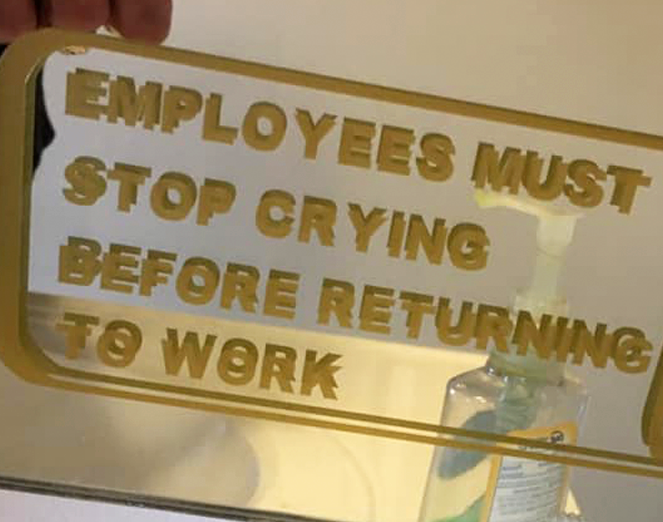- cross-posted to:
- usauthoritarianism@lemmy.world
- cross-posted to:
- usauthoritarianism@lemmy.world
This is actually an older news story, and it does appear as though she recovered from this before her death.
cross-posted from: https://lemmy.world/post/14389544


The AMA doesn’t directly control it, what it does do is lobby congress to limit it. The AMA actually is the reason the cap was put in place in 1997. Doctor administrators are also often AMA members/supporters/in some capacity bound to the AMA, so they often don’t explore other sources of funding than government for expanding residency capacity.
I’m curious as to where you are getting that information. There are other explorations into funding for residency slots as it tends to benefit the institutions that have the residencies, but the issue is that there needs to be a guarantee of funding in perpetuity in order to create the slot, and many offered funding sources either cannot guarantee that perpetuity or they only offer the money with a lot of strings attached.
I’m a medical student member of the AMA and I frequently get emails from them asking for my participation in lobbying campaigns to increase the number of residency slots. (I have written to my representatives about it a couple of times, but I don’t really have the time or resources to do much else.) The individual colleges and fellowships are also advocating for their own specialties. The ACEP and ACOEP (American College of (Osteopathic) Emergency Physicians) are both investing a lot into advocacy campaigns for the specialty.